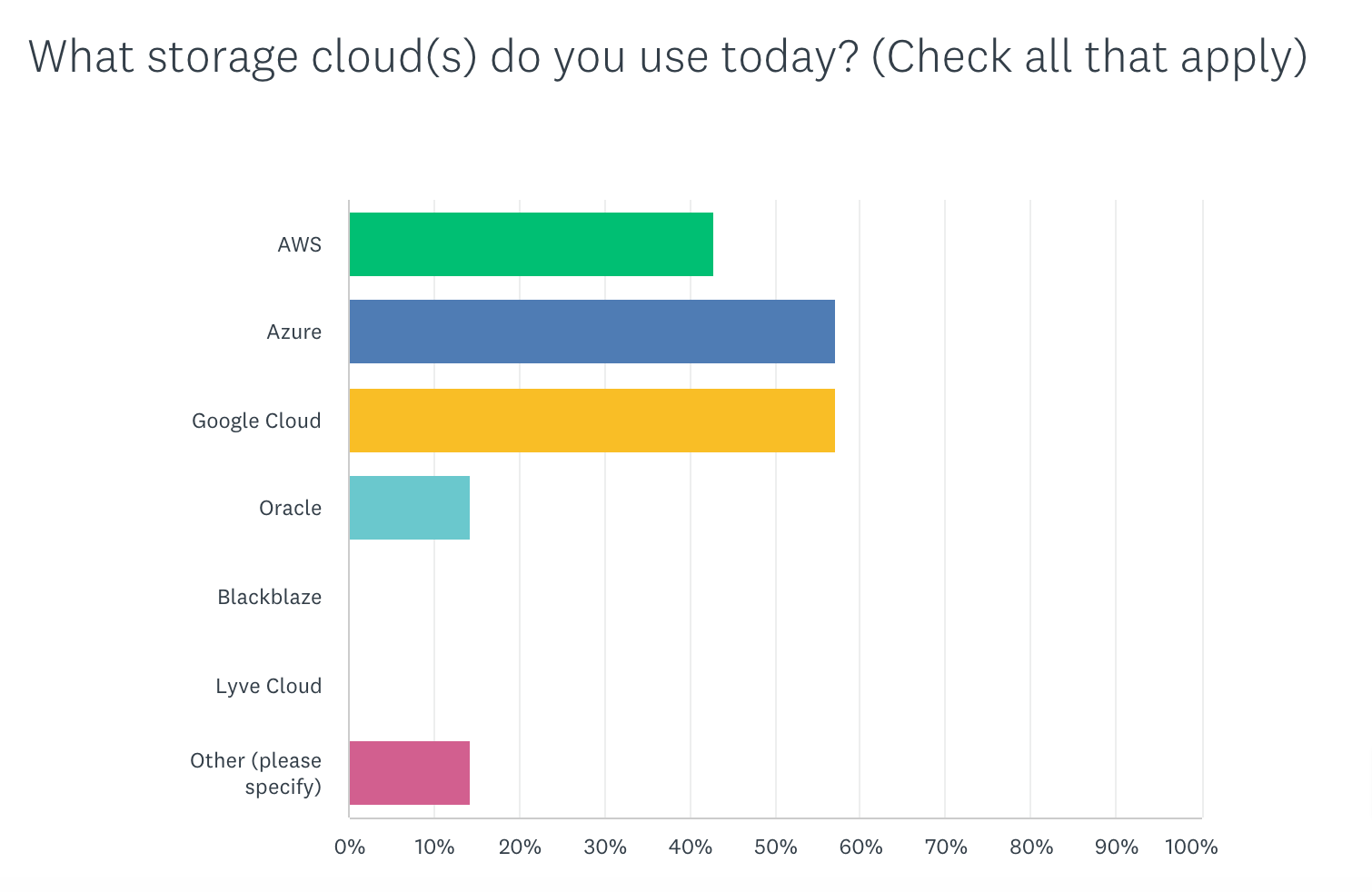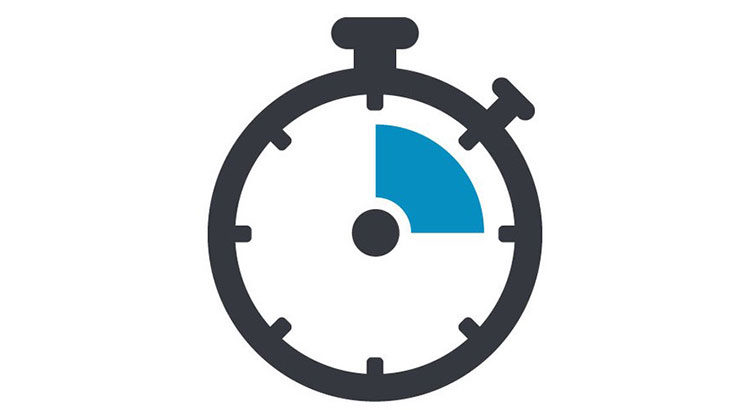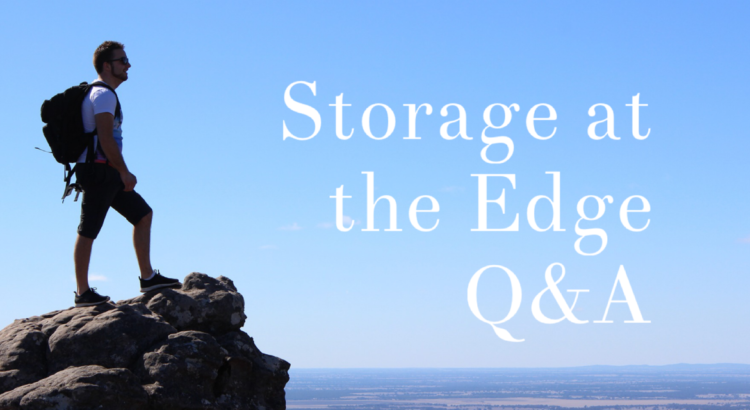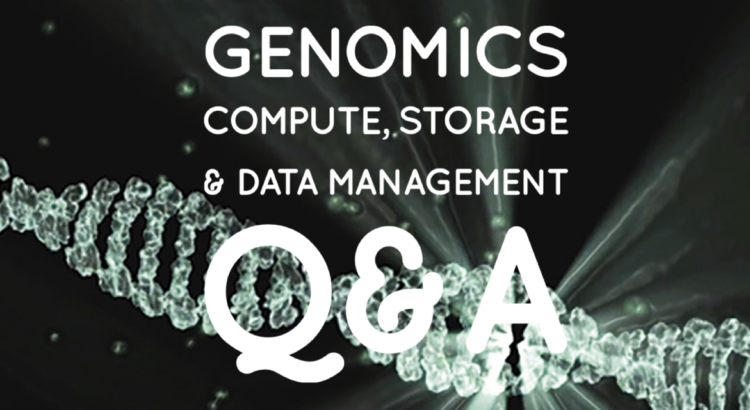Multiple clouds within an organization have become the norm. This strategy enables organizations to reduce risk and dependence on a single cloud platform. The SNIA Cloud Storage Technologies Initiative (CSTI) discussed this topic at length at our live webcast last month “Why Use Multiple Clouds?”
We polled our webcast attendees on their use of multiple clouds and here’s what we learned about the cloud platforms that comprise their multi-cloud environments:

Our expert presenters, Mark Carlson and Gregory Touretsky, also discussed the benefits of a storage abstraction layer that insulates the application from the underlying cloud provider’s interfaces, something the SNIA Cloud Data Management Interface (CDMI ) 2.0 enables.
) 2.0 enables.
Cost is always an issue with cloud. One of our session attendees asked: do you have an example of a cloud vendor who does not toll for egress? There may be a few vendors that don’t charge, but one we know of that is toll free on egress is Seagate’s Lyve Cloud; they only charge for used capacity.
We were also challenged on the economics and increased cost due to the perceived complexity of multi-cloud specifically, security. While it’s true that there’s no standard security model for multi-cloud, there are 3rd party security solutions that can simplify its management, something we covered in the webinar.
If you missed this webinar, you can access it on-demand and get a copy of the presentation slides in the SNIA Educational Library








